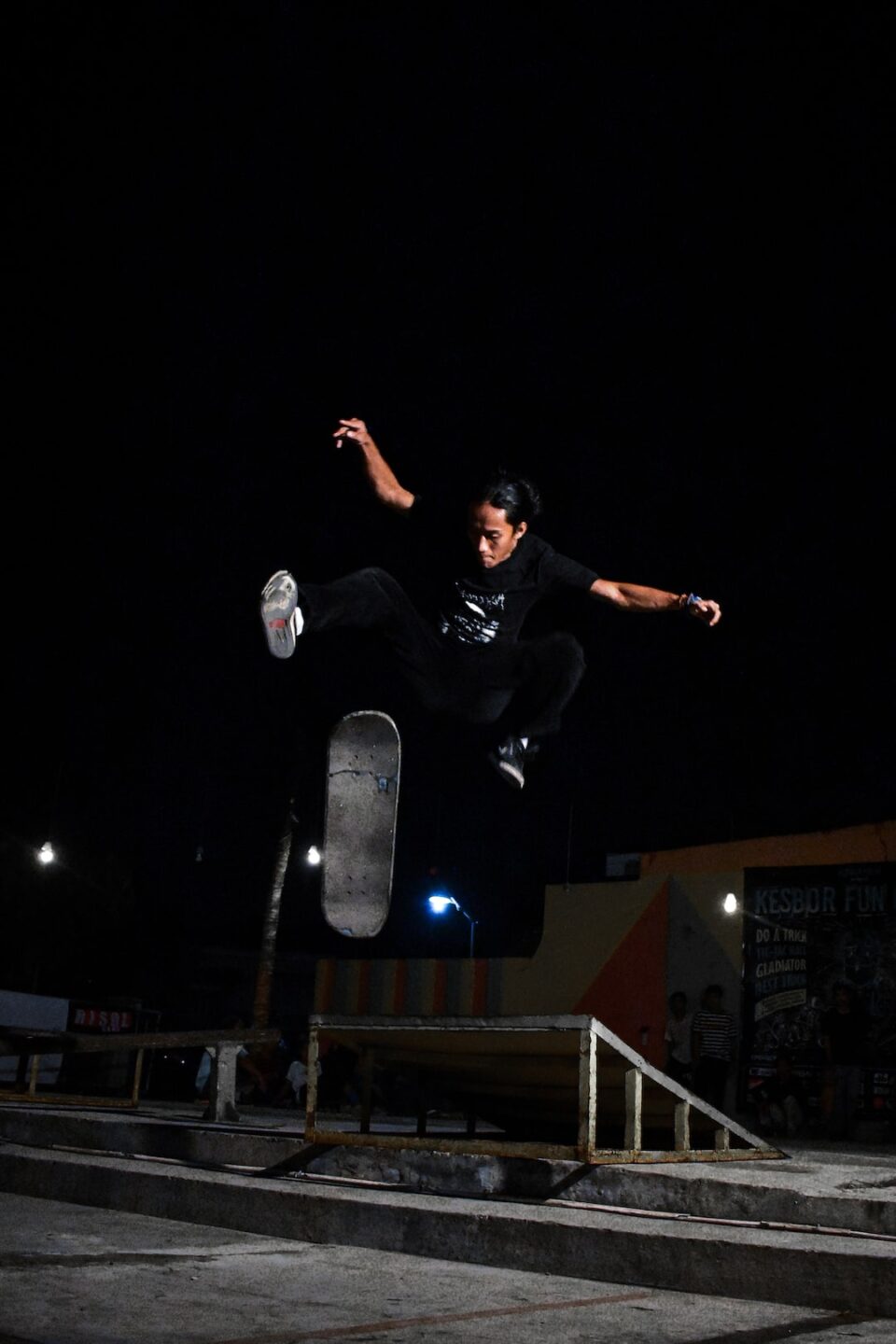If you’re looking to engage your creativity while learning a craft, embroidery could offer a satisfying avenue for self-expression. You don’t need to be an expert to practice this art, but like many other things, it helps to learn from the basics up. In this article, we’ll teach you everything you need to know about the art of embroidery, from materials to techniques.
The Materials You’ll Need:
Embroidery is affordable, and you don’t need to invest in costly materials to create intricate designs. Some of the most basic materials you’ll need include:
– An embroidery hoop: This is a circular, ringed tool made of wood or plastic that’s essential to hold your fabric securely in place while you embroider.
– Embroidery floss or thread: This is the colored thread that you will use to make your designs. It comes in a range of colors, from subtle pastels to vibrant hues.
– Fabric: A plain cotton fabric works best because it holds stitches well. While you can embroider on any fabric of your choice, you’ll achieve better results if you choose a tightly woven, lightweight fabric.
– Embroidery needles: These are specially-designed needles that are perfect for the weaving of embroidery thread through the fabric.
– Scissors: Small, sharp scissors can be used to cut the embroidery thread and trim the edges of the fabric.
Techniques for the Beginners:
Embroidery stitches begin with the basic shapes such as lines, circles, and squares. Only after mastering them can you start creating more complex patterns. Here are a few popular embroidery stitches that are great for beginners.
– Running Stitch: This stitch involves shaking the needle and thread up and down through the fabric in a straight line. To make it more prominent, space your stitches, and avoid pulling the needle all the way through the fabric.
– French Knot: This is a fun stitch that creates a small, textured knot on the surface of your fabric. Start by wrapping the thread twice around the needle and then passing it through the fabric, holding the end of the loop with your free hand. Pull the thread tightly, passing the needle through the loop to create the knot.
– Back Stitch: Backstitch is a practical embroidery stitch that involves moving the needle in and out of the fabric, starting from the back, to create a continuous line. It’s easy to learn and perfect for outlining and lettering.
– Satin Stitch: This stitch creates a flat surface that covers larger areas of the fabric. Start by creating a row of running stitches. Then, weave the thread in and out of these stitches, covering the area with the satin stitch.
Tips for Moving Forward:
Once you’ve mastered the basics and a few popular embroidery stitches, you can move on to more complex designs. However, there are a few useful tips that can help you improve your skills over time.
1. Use the right stitch for the right effect: Each stitch creates a unique look that suits specific designs. Be sure to learn about the different stitches and how to use them before creating patterns.
2. Practice, practice, practice: Embroidery takes time, patience, and a good eye for detail. As with any craft, the more you practice, the more confident you’ll become in creating beautiful artworks.
3. Play with color and texture: Part of the joy of embroidery is the creative freedom to experiment with different colors and textures. Start by using bold or muted colors and combining embroidery thread with other art materials like beads, sequins, or ribbons to add depth and dimension to your designs.
Conclusion:
Embroidery is an art form that encourages creativity, patience, and discipline. With a few basic materials and techniques, you can create intricate designs that can be used to decorate clothes, bags, pillowcases, and other items. Take your time to learn the basics, play with colors and textures, and practice as often as possible. Embroidery can be a rewarding and enjoyable hobby that can enhance your sense of mindfulness and focus. Above all, have fun with it!


